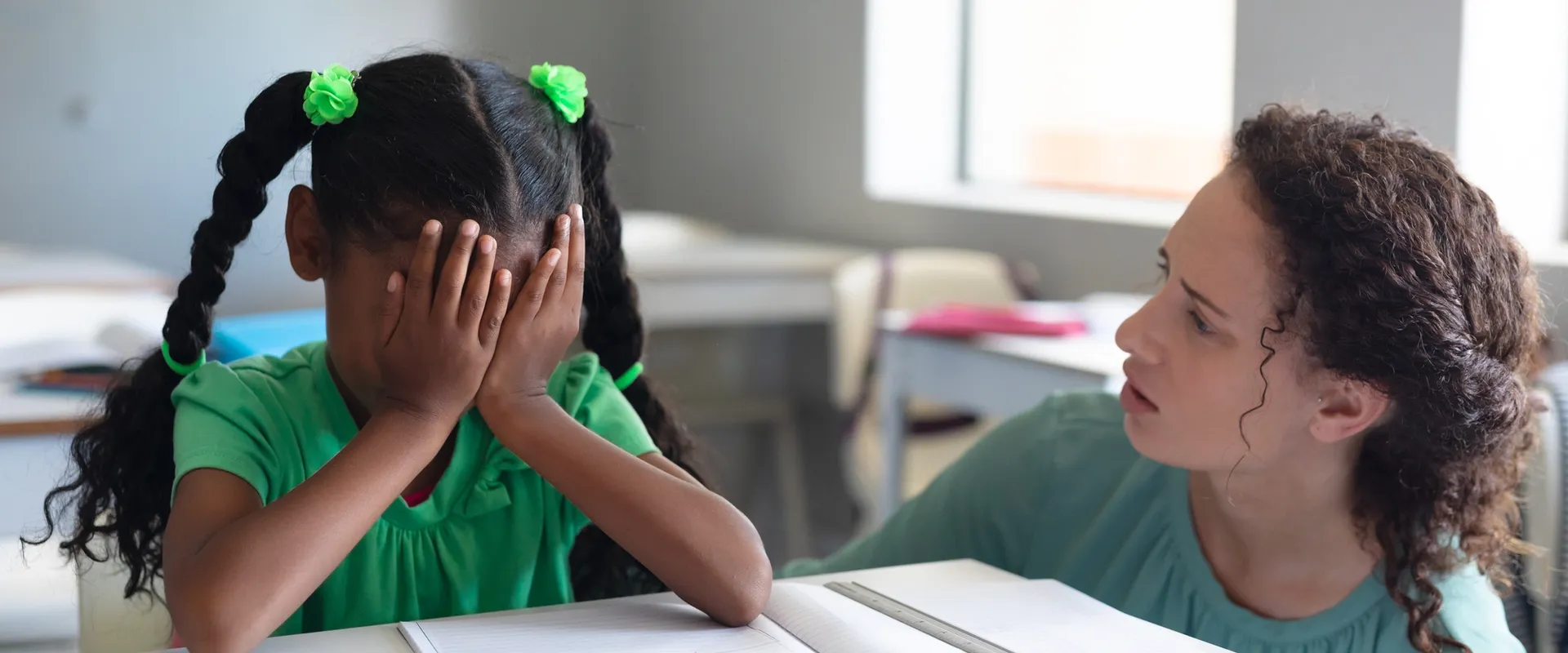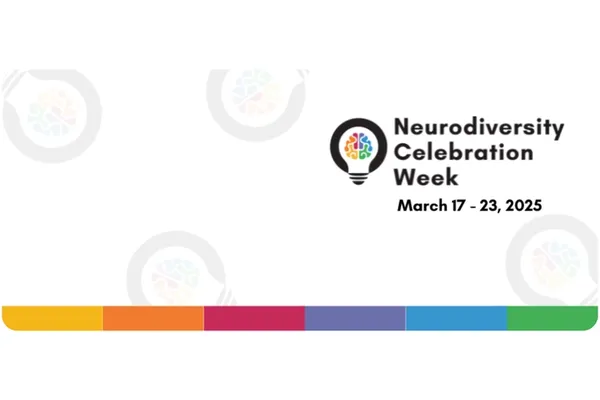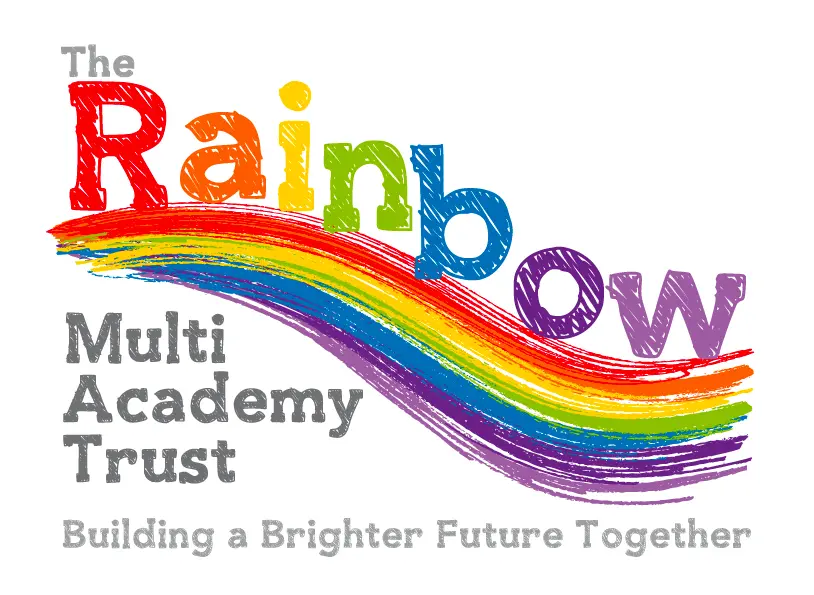It is essential to remember that when we label or name our emotions, it helps to calm down the emotional activity in our brain.
As adults, we play a crucial role in helping children manage their emotions. Children's emotional regulation is not a skill they are born with, but one that develops over time through their relationship with us. The part of the brain responsible for regulating feelings and body is still developing until the mid-20s. It is normal for children to struggle with regulating their emotions and to react from the more primal part of the brain, which triggers fight, flight, or freeze responses. This can lead to challenging behaviours, particularly during times of change. Our understanding and support can make a significant difference in their emotional development.
Research has shown that connecting with children, recognising their emotions, and labelling those emotions can help to calm them down. This is not just a theory, but a proven strategy. Contrary to popular belief, acknowledging their feelings doesn't make things worse. Dr. Siegel refers to this as 'Name It to Tame It.' Dan Hughes also incorporates this concept into his 'PACE' approach. These strategies work, and we can use them to support children's emotional regulation.
It's not just about the words we use; our tone of voice, body language, and facial expressions also play a substantial role in communication. The adult's ability to self-regulate is crucial. This can be the most challenging part of helping a child to regulate their emotions, as we may easily become dysregulated ourselves in the presence of their emotional turmoil. It's important to remember that we can validate a child's feelings while still setting boundaries for their behaviour. 'It's okay to feel how you feel. It is not okay to _________.'"
As adults, we can:
• Be curious - wait, watch and wonder. What is the feeling behind the behaviour?
• Acknowledge children’s feelings
• Name and accept children’s feelings
• Create some emotional narrative around their lived experience
• Tune into what’s going on for the child and reflect it back
• Validate their experience (even when it seems completely over the top)
• Keep ourselves regulated and calm
Helpful language might include:
Help me understand... Now I understand... What I've heard is... I think you might be letting me know... I think I'm starting to understand now... I think you are saying... Could it be... Let me know if I'm getting this right... You seem... (feeling) You sound... (feeling) You're... (feeling) I can see you're... (feeling) I'm wondering if... What if... I can see that... Something is making you... My guess is... I imagine that was... No wonder... That sounds really... That must have been so... I imagine that was really... That could be really... You wish you could stay at home and not come to school.
Useful body language:
- Mirroring facial expression
- Interested and alert posture
- Leaning in
- A gaze that shows listening
- Arms open
- Feet grounded
Remember, our emotions (and our emotional regulation) underpin our capacity to engage and to learn in, and outside of the classroom!




